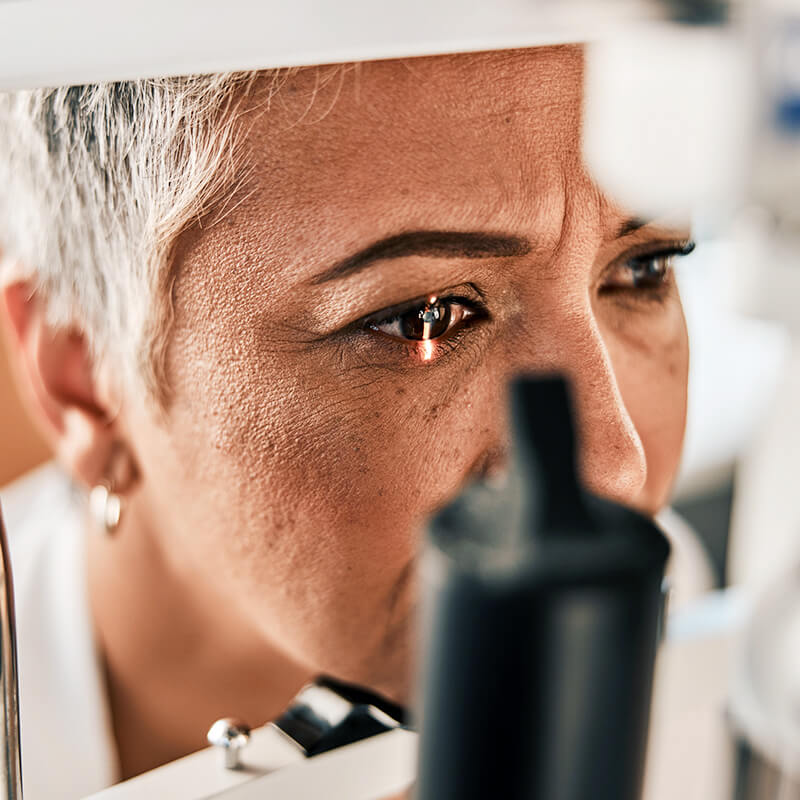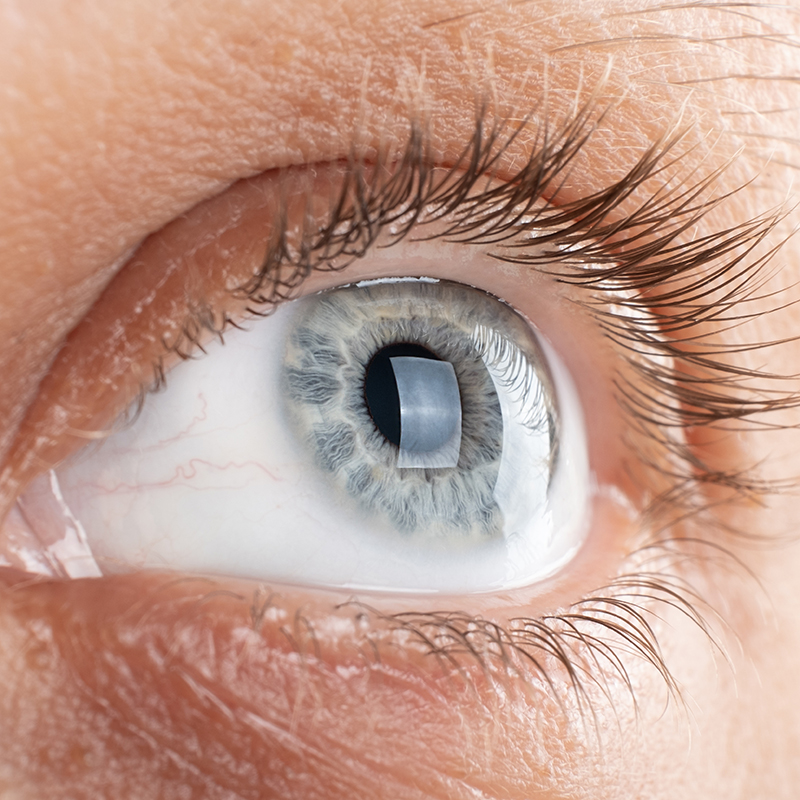Procedures
Cataract Procedures
A cataract is a clouding of the natural lens of the eye which can cause decreased vision and glare symptoms. As the cataract progresses, it can become more difficult to perform activities of daily living, such as reading and driving. When the symptoms become significant, the cataract can be removed and the natural lens replaced with a synthetic intraocular lens (IOL). The procedure is performed through a very small incision and usually takes less than 15 minutes to complete. Cataract surgery is one of the most common procedures performed in the United States and has a very high success rate.


Glaucoma Procedures
Glaucoma is a progressive disease that can lead to permanent loss of vision. Called the “silent thief of sight,” this disease can cause significant loss of sight before it is even noticed by the patient. Glaucoma is typically caused by elevated eye pressure, which damages the optic nerve. While the vision loss from glaucoma is permanent, there are many treatment options available to help slow or halt the progression of vision loss. Eye drops, laser treatments, and surgical procedures can be used to keep the eye pressure under control and reduce the risk of further optic nerve damage.
Retina Procedures
The retina is a special layer of nerve cells lining the inside of the eye, similar to the film in a camera. Light coming into the eye gets transmitted by the retina to the brain, to form an image. A variety of conditions can affect the retina, including retinal detachment, retinal tears or holes, and abnormal blood vessel growth (usually from diabetes). The macula is the highly sensitive area in the retina, responsible for fine visual acuity and color perception. Several problems can affect the macula itself, including macular degeneration, membranes that cause distortion, and macular holes. There are surgical treatment options available for many retinal diseases and conditions, which can help restore vision.


Oculoplastics
The eyelids provide covering of the eyeball, allow for the tears to spread across the eye, and provide protection for the delicate structures of the eye. Certain conditions can cause irregularity of the eyelids, including drooping of the upper lids and poor eyelid closure. Skin cancer can also affect the eyelids. Abnormalities of the eye’s drainage system can lead to chronic tearing and eye irritation. Eyelid surgery, known as oculoplastic surgery, can help alleviate many of the issues that affect the lids. The benefits can be both cosmetic and medical. Since the eyelids are so critical to the overall health of the eye, many eyelid surgeries are considered medically necessary.
Cornea Procedures
The cornea is the clear window covering the front of the eye. It is a powerful refracting system, bending incoming light rays to help focus them on the retina. Corneal diseases can result in this clear window becoming cloudy or opaque, causing decreased vision. Different surgeries are available to repair the damaged cornea, including corneal transplant surgery. In the past, it was often necessary for all of the layers of the cornea to be removed and transplanted, known as a full-thickness corneal transplant. With new technology, it is often possible to replace just a thin layer of the cornea, which allows for much quicker recovery.

